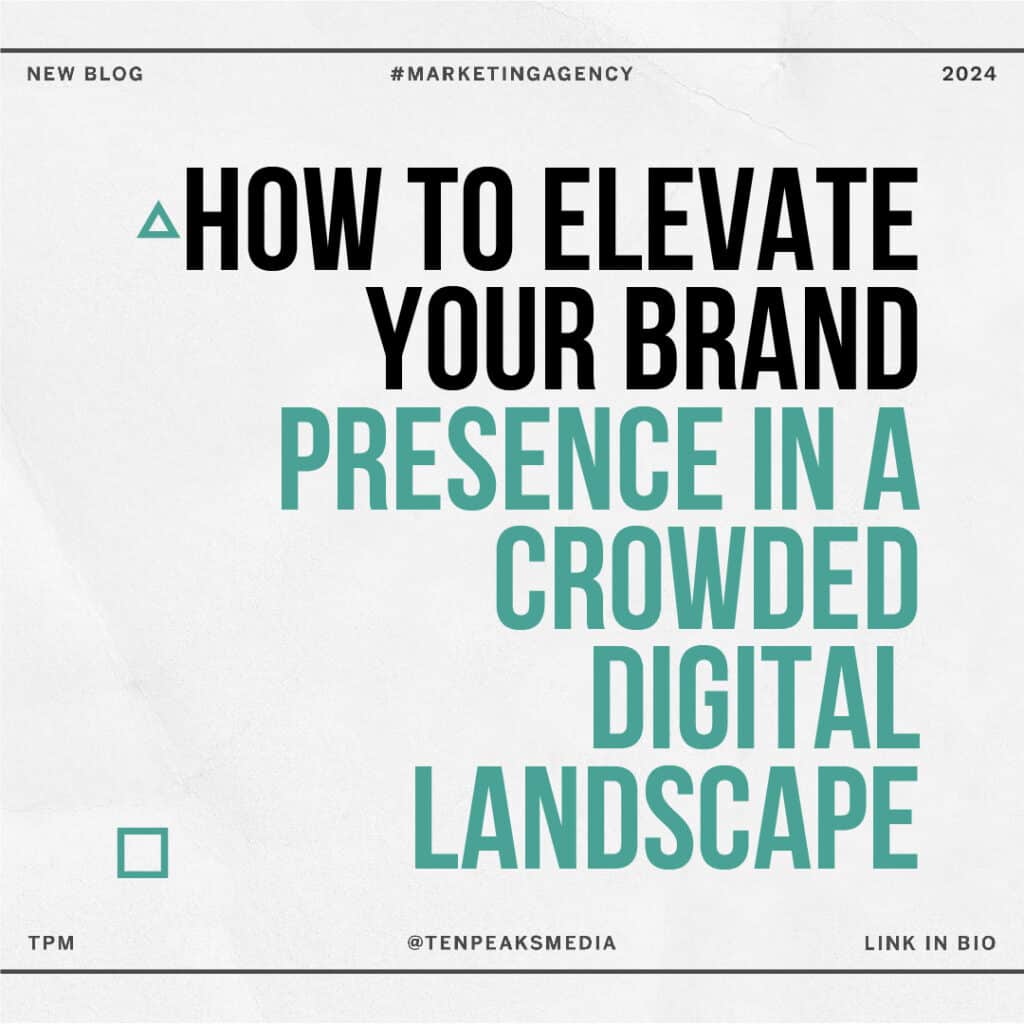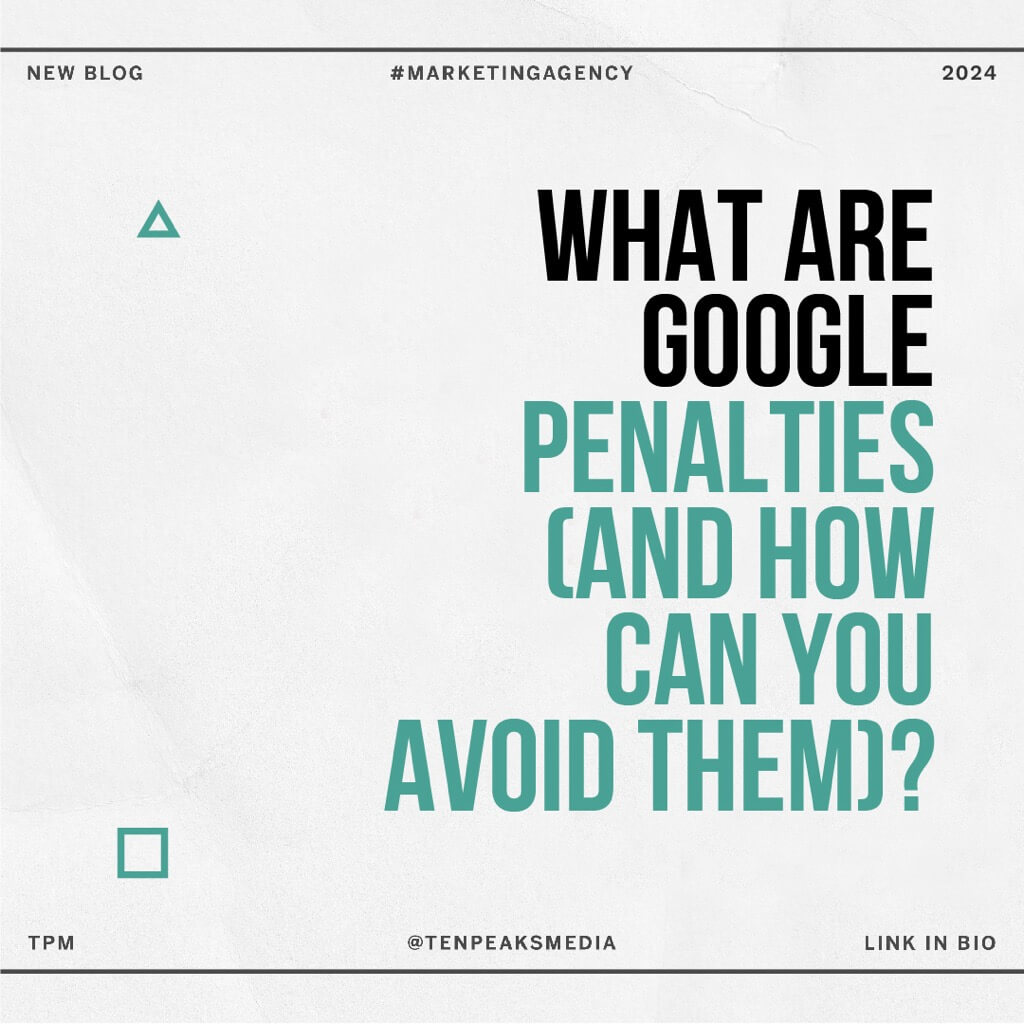What are your competitors doing that’s working well? Can you see which business website design trends to follow and which to avoid? In today’s digital age, a well-designed website is crucial for businesses looking to establish a strong online presence.
Businesses large and small compete for attention and traffic on the internet. Since most Americans have internet access, you must stand out to snag customers and leads. There are many common business website design mistakes that can hinder search engine optimization (SEO) efforts and impact a website’s visibility and organic traffic.
Are you using the internet and leading your company in good growth? Read on to learn about several business website design mistakes and how to avoid them.
1. Poor URL Structure
URLs serve as a concise representation of the page’s content. A poorly structured URL fails to convey the page’s relevance. It makes it challenging for search engines and users to understand what the page is about.
Keywords play a vital role in SEO, and incorporating them into URLs can help search engines identify the relevance of a page. Poor URL structure often leads to missed opportunities to include targeted keywords. The result is decreased visibility in search engines.
Clear and descriptive URLs are key to a positive user experience. Poor URL structure frustrates users trying to understand the website’s organization and navigation. When URLs lack clarity and fail to indicate the content’s relevance, users may be less inclined to click on them in search results.
With poor URL structure, it becomes more challenging to make site-wide changes or reorganize content. This hampers the flexibility and scalability of the website. It makes future updates and improvements more time-consuming and costly.
2. Lack of Mobile-Friendliness
A non-mobile-friendly website frustrates mobile users with a clunky and distorted interface. Visitors are more likely to abandon a site that is not optimized for mobile, resulting in high bounce rates and lost potential customers.
Search engines prioritize mobile-friendly websites in their rankings. Their goal is to deliver the best user experience. A lack of mobile optimization can lead to lower search engine visibility. This reduces organic traffic and limits potential conversions.
Additionally, mobile devices are often used for local searches, such as “near me” queries. Without a mobile-friendly website, businesses risk missing out on valuable local search visibility. This alienates potential customers looking for products or services in their area.
With a non-mobile-friendly website, potential customers may struggle to complete desired actions. These actions may include making purchases or filling out forms. Lost conversions and revenue opportunities impact a business’s bottom line.
3. Slow Page Loading Speed
Slow-loading websites frustrate visitors, leading to increased bounce rates and decreased user engagement. Users expect seamless and quick access to information. A slow loading speed creates a negative perception of the website and the brand.
The search algorithms recognize that slow websites provide a subpar user experience. As a result, slow-loading websites are penalized in search rankings. Slow-loading pages have lower visibility and decreased organic traffic.
Thus, a slow-loading website reflects poorly on a brand’s image and credibility. Visitors may perceive a slow site as unprofessional or unreliable. This can damage customer trust and lead to lost business opportunities.
4. Ignoring Header Tags
Header tags, such as H1, H2, H3, and so on, provide a hierarchical structure to the content on a webpage. Ignoring header tags makes it difficult for search engines to understand the importance and relevance of different sections, resulting in diminished SEO performance.
These tags offer an opportunity to incorporate targeted keywords within the content. A lack of header tags means missing out on optimizing them for relevant keywords. This impacts search engine rankings and organic traffic.
They also break up content into digestible sections, making it easier for users to scan and understand the information on a webpage. Ignoring header tags leads to long, dense blocks of text. The result is reduced readability and user engagement.
Header tags provide concise and compelling titles for shared links. They can encourage social sharing and content distribution. Without header tags, there is less to entice social media shares, impacting the reach and visibility of the content.
5. Inadequate Internal Linking
Internal linking is essential for establishing a clear and logical website structure. Search engines need internal links to understand the relationships between different pages. They convey the overall hierarchy of information on a website.
Internal links aid search engine crawlers in discovering and indexing content. Inadequate internal linking hampers effective crawling and indexing. This leads to missed opportunities for pages to be included in search engine results.
They also distribute link authority or “link juice” within a website. Neglecting internal linking results in uneven distribution. This leaves some pages with insufficient authority to rank well in search engine results.
These links provide pathways for users to navigate through a website. Inadequate internal linking makes it difficult for users to find relevant information. It decreases a positive user experience.
6. Lack of Alt Tags for Images
Alt tags provide alternative text descriptions for images. They improve website accessibility for visually impaired users who rely on screen readers. Neglecting alt tags hinders accessibility efforts and can lead to a loss of potential customers.
Search engine crawlers also rely on alt tags to understand and index images. A lack of alt tags deprives search engines of valuable information. This hinders the visibility of images in search results and diminishes SEO potential.
These tags offer an opportunity to incorporate targeted keywords. Ignoring alt tags means missing out on optimizing them for relevant keywords. It limits the chances of images appearing in search results for specific queries.
Because search engines provide image search results, alt tags play a critical role in determining the relevance of images. Neglecting alt tags can result in missed opportunities for images to rank well and drive additional organic traffic.
Alt tags also play a role in complying with web accessibility guidelines and regulations. Missing alt tags can result in legal implications and damage to a business’s reputation. This may affect customer trust and potential partnerships.
7. Overlooking Meta Tags
Meta titles provide concise and compelling descriptions of webpages.
They influence search engine rankings and click-through rates. Overlooking meta titles means missing out on the opportunity to optimize them with relevant keywords.
Meta descriptions serve as snippets that provide further information about webpage content in search results. Neglecting meta descriptions diminishes the ability to create engaging and informative descriptions that entice users to click. Meta tags can help reduce click-through rates.
Meta tags, including meta titles and descriptions, play a crucial role in keyword optimization. Overlooking meta tags means missed opportunities to include relevant keywords that align with users’ search queries. potentially leading to lower search engine rankings.
When webpages are shared on social media platforms, meta tags often dictate the title, description, and thumbnail displayed. Neglecting meta tags can lead to inaccurate or unappealing social media previews. This limits the reach and click-through rates of shared content.
8. Poor Content Formatting
Content formatting, such as subheadings, bullet points, and short sentences, enhances the overall user experience. Neglecting formatting elements results in a cluttered and overwhelming appearance. It diminishes user engagement and satisfaction.
Well-formatted content encourages users to stay on a page for a longer duration. Poor content formatting leads to a higher likelihood of users bouncing off the page. This often impacts time on page metrics and SEO performance.
Well-formatted content facilitates internal linking opportunities. Neglecting content formatting makes it harder to identify relevant sections to link to within the website. It can hinder effective internal linking strategies.
Finally, poor content formatting reflects negatively on a brand’s image and credibility. Well-formatted content enhances professionalism and trustworthiness, contributing to a positive brand perception.
9. Excessive Use of Flash
Flash is not supported on many mobile devices and platforms, hindering accessibility and limiting the reach of a website. Excessive Flash usage prevents users from accessing content. This leads to a subpar user experience and drives away valuable mobile traffic.
Flash-based elements tend to increase page loading time. Slow-loading pages frustrate users and can lead to high bounce rates, reduced search engine visibility, and missed conversion opportunities.
Search engine crawlers also struggle to parse and interpret Flash content. Excessive use of Flash makes it difficult for search engines to understand and index website content. This diminishes organic visibility in search results.
Flash-based content is not universally supported across different operating systems, browsers, and devices. Excessive Flash usage restricts website accessibility. It alienates some of the target audience and limits the potential for reaching a wider user base.
10. Missing XML Sitemap
An XML sitemap acts as a roadmap for search engine crawlers, guiding them to discover and index all the important pages of a website. Missing an XML sitemap hampers search engines’ ability to access and understand the site’s structure and content. It may result in lower search rankings.
XML sitemaps allow webmasters to notify search engines about new or updated content promptly. No XML sitemap delays the indexation process.
It leaves important updates unnoticed by search engines. This reduces the potential for timely visibility in search results.
XML sitemaps also serve as a user-friendly navigation aid. It helps users locate specific content quickly.
Without an XML sitemap, users struggle to find relevant information. This often results in reduced user satisfaction and engagement.
11. Neglecting Social Sharing Buttons
Social sharing buttons provide users with an easy way to share content across various social media platforms. Neglecting social sharing buttons limits the reach and potential virality of content. It creates missed opportunities to expand the audience and attract new organic traffic.
These buttons encourage user engagement. They encourage readers to share and discuss content with their social networks.
Without them, users are less likely to engage with content. This may lead to decreased social interactions and diminished social signals. They also impact search engine rankings.
When users see that a piece of content has been shared numerous times, it creates a sense of social proof and credibility. Neglecting social sharing buttons diminishes the display of social proof. It potentially leads to decreased user trust and engagement. It also reduces the brand’s online visibility.
12. Poor Navigation and User Experience
Intuitive navigation and user-friendly design encourage visitors to explore a website. It increases their engagement and time spent on the site. Poor navigation frustrates users, leading to high bounce rates and reduced user engagement.
Well-designed navigation contributes to a clear and logical website structure. Poor navigation makes it challenging for visitors to understand the organization of content. It impedes search engines’ ability to crawl and index the site effectively.
Smooth navigation guides visitors towards conversion-focused elements. This might include contact forms or product pages. Poor navigation hinders the path to conversion.
Well-structured navigation facilitates the implementation of SEO silo structure. It improves the relevance and coherence of content clusters. Adversely, poor navigation impedes the creation of logical content groupings.
Avoiding Business Website Design Mistakes
Avoiding these 12 common business website design mistakes improves a website’s SEO performance. A well-designed website that adheres to SEO best practices will attract more organic traffic. Also, it provides a positive user experience, leading to improved online visibility and business growth.
For professional guidance in designing or improving your business website, contact us today.




